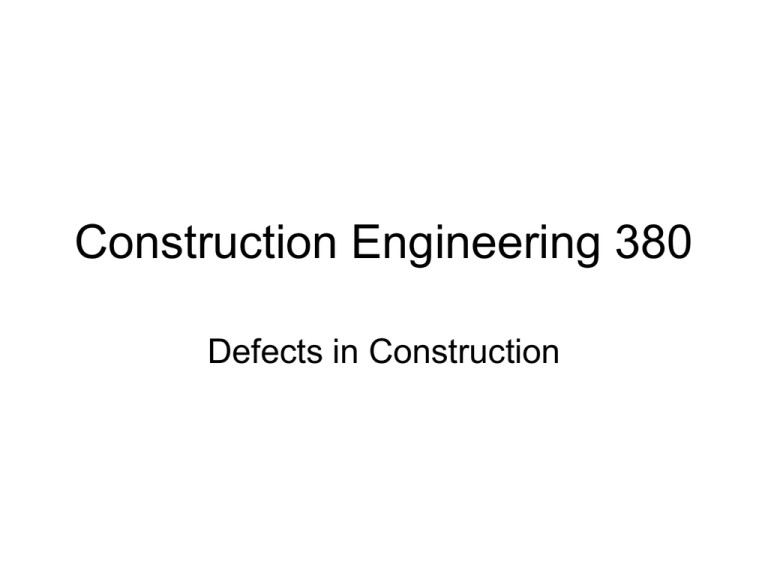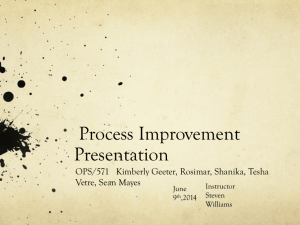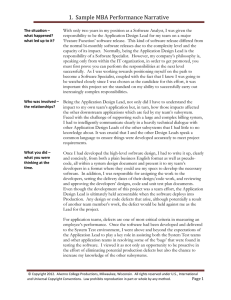Construction Engineering 380 Defects in Construction
advertisement

Construction Engineering 380 Defects in Construction Defects in Construction • Defects not caused by design flaws or contract ambiguity result in claims against the builder • Responsibility for defects varies based on type of delivery system used • Construction defects are a “messy” problem involving design, material, installation, site conditions, etc. Defects in Construction • Legal principle is that responsibility and authority (control) are linked • Whoever controlled the decision is responsible for the performance • Contract clauses seeking to “displace” responsibility are open to scrutiny because of unconscionability concerns by the court Defects in Construction • Substitution requests, field conditions, warranty assignment, and waiver of defect language can all influence the decision, but the courts are reluctant to violate the basic principle of responsibility • Good faith and fair dealing doctrine is used more frequently than in the past to hold contractors accountable for pointing out design flaws and potential defects. Courts must interpret intent Defects in Construction • Owner can relinquish a right a file a claim for defect by accepting the work • making final payment, releasing retainage, and moving in/occupancy are frequently interpreted by the courts as acceptance barring any written evidence to the contrary. There are frequently contract clauses (universal warranty) and addenda that make it clear what has been accepted and what hasn’t Defects in Construction • Multiple causation can only be invoked if the other parties played a “substantial role” in the formation of the defect • Can portion damage on a comparative fault basis (similar to how tort liabilities are assigned), but most courts unwilling to do this because it blurs the distinction between tort and contract liabilities • Usually the contractor is repsonsible Defects in Construction • Third party claims must be brought as a tort, can be very complex. Moldy furniture or ruined books- is it caused by design defect (lack of air movement) or faulty construction method? (built when it was too wet). • Very few jurisdictions allow insurance claims for defective work, not considered a loss under CGL Defects in Construction • Warranty clauses can be used for a variety of purposes, but they usually try to protect the owner from defects in critical systems • Standard contractor’s warranty is for one year, based on high quality, new material and equipment, free from defects of workmanship, conforming to the contract documents Defects in Construction • Special systems can have special warranties (roof, window system, elevator) • Implied warranties (especially warrant or habitability) protects owner that purchase already designed and built projects from developers • Details of implied warranty enforcement are still being interpreted by courts Defects in Construction • Insurance, class action, and deceptive practice statutes are all intended to protect buyers, but may offer little protection against contractors intent on deceit. Have to catch them before they take the money and go out of business




